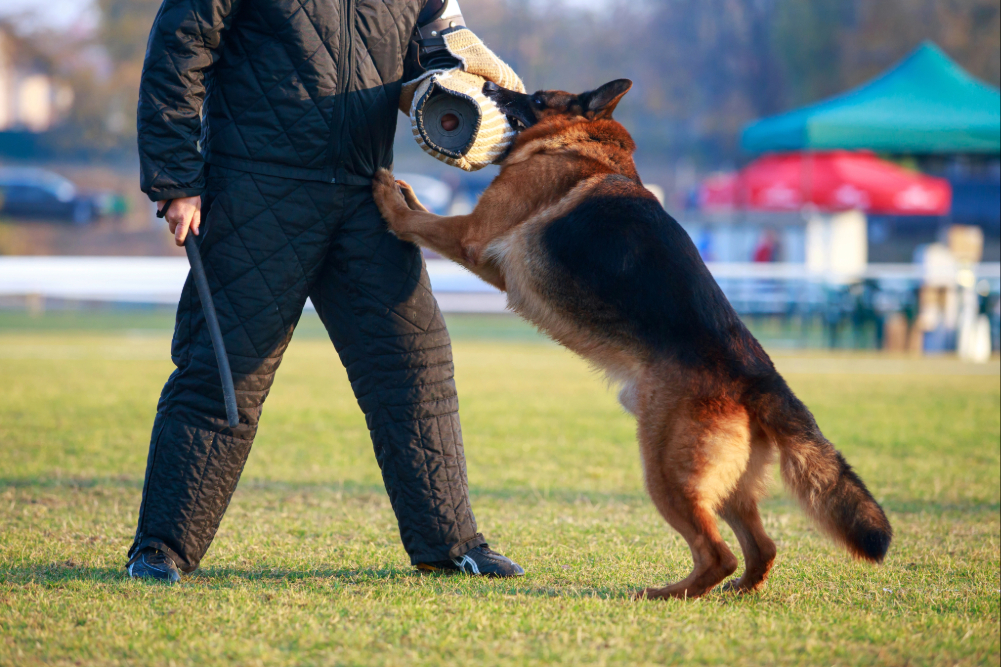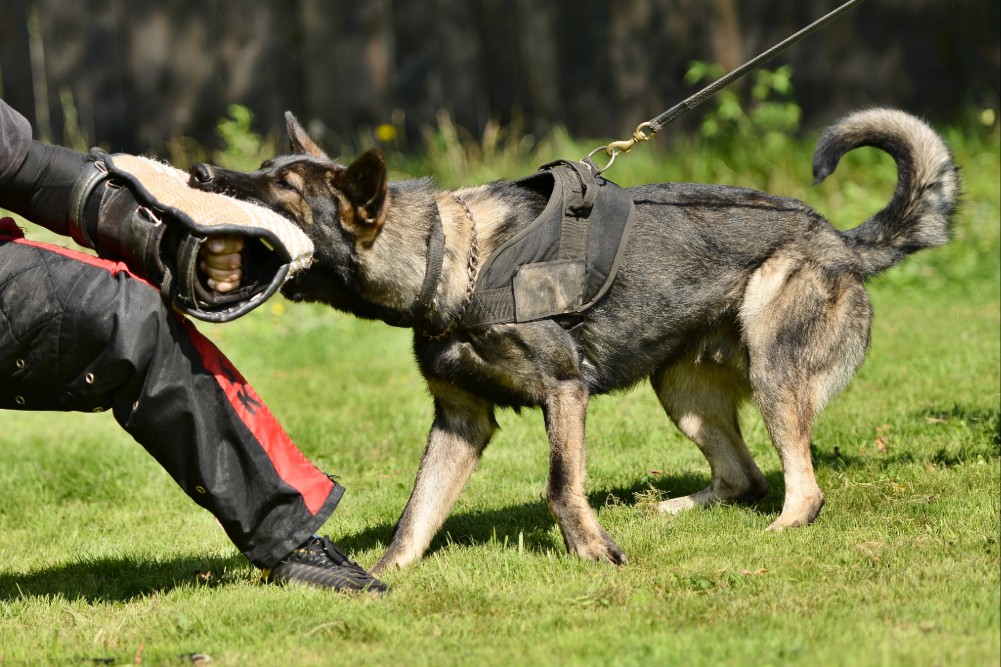
Dogs make life brighter, funnier, and a lot more interesting. They also test patience in ways only a muddy paw on a white sofa can. Training is not a straight line; it is a relationship built through small wins, clear communication, and the right kind of practice.
Here are common dog training challenges most owners face at some point, along with practical ways to work through them without turning the journey into a grind.
House Training Takes Longer Than Expected
Potty training looks simple on paper: take the dog out often, reward outside, supervise indoors. In reality, timing slips, routines change, and a puppy’s bladder has other plans.
Structure helps. Set consistent feeding times, schedule frequent outdoor breaks after waking, play, and meals, and supervise indoors so mistakes are visible. Clean accidents with an enzymatic remover and move on. Celebrate outdoor wins. Consistency over intensity builds success.
Leash Pulling Turns Walks Into Tugs of War
Pulling is one of the most universal frustrations. Dogs move faster than people and the world smells amazing, so the leash becomes a tow rope. Switch from fighting the pull to a teaching position. Short, focused sessions near home help more than long, miserable walks.
Reward check-ins often. Change direction when the line tightens so the dog learns that pulling makes the forward stop, and walking with a slack line makes the world move. A good front-clip harness gives better steering without adding conflict. Keep sessions short, upbeat, and frequent.
Jumping on Guests Feels Unstoppable
Dogs jump because it works. Faces are exciting, hands come down, and attention arrives. Replace the habit with a new ritual. Practice “go to place” before guests arrive, and pay heavily for planted paws. Ask visitors to ignore jumping completely and greet only when the dog sits or settles on a mat.
Rehearse with family often so the dog learns the pattern when arousal is low. Success here is not about scolding; it is about giving a clear, rewarded alternative.
Barking Becomes the Background Noise of Home
Barking has many meanings: alerting, boredom, anxiety, demand, and excitement. The fix starts with knowing which one is in play. For window barking, manage the view and teach a quiet cue paired with a food scatter away from the window.
For demand barking, remove the payoff and mark quiet with calm attention later. For boredom barking, add enrichment and structured activity so the dog has a job. Keep in mind that barking often rises before it falls when you change a pattern; stay the course and reward the silence.
Inconsistency Across Family Members Derails Progress
Dogs do not parse “sometimes.” If sit gets a cookie on Monday, a door opens on Tuesday, and nothing on Wednesday, the behavior frays fast. Pick simple rules and stick to them together.
Use the same words for the same cues. If one person allows couch access, decide how and when, and make it predictable. A short family huddle with written cues and routines saves months of mixed messages.
Overtraining and Undertraining Both Hurt
Five tiny two-minute sessions beat a single 30-minute grind. Short, varied reps keep dogs fresh and eager to play the game again. On the other hand, training only once a week in a structured session and never at home teaches the dog that cues matter only in one place.
Think in micro-sessions: a sit before meals, a recall for fun in the hallway, a minute of place during a TV show, and a quick down at the door. The more you fold practice into life, the more it sticks.
Distractions Break All the Rules
A dog that nails cues in the living room may ignore everything at the park. That is normal. Dogs do not generalize well without help. Move through levels: living room, backyard, quiet street, busier path, then the park.
Lower criteria when the environment gets harder and raise pay for success. If “come” fails near other dogs, step back in distance until the dog can win again, then close the gap gradually. Think like a coach: scale the drill to the field.
Fear and Reactivity Create Big Feelings on Leash
Lunging and barking on leash often come from fear or frustration. Punishing the outburst may quiet the sound but intensify the feeling. Start where the dog can see triggers without tipping over, and pay for looking calmly and turning back to the handler.
Use arcs rather than straight approaches to reduce pressure. Build a routine that the dog can predict: see the thing, check in, get paid, move on. Progress looks like softer eyes, faster recovery, and shorter glances at triggers over time.
Chewing, Mouthing, and Destruction Eat the House
Puppies explore the world with their teeth, and bored adult dogs often do the same. The key is to prevent rehearsal through management using gates, crates, tethers, and removing tempting items from reach. Provide a variety of appropriate chew options that suit your dog’s chewing style, and reward them when they choose correctly.
Rotate toys regularly to maintain interest and add mental stimulation, such as puzzle games or sniff-focused walks, to channel energy in productive ways. Chewing becomes an outlet for energy rather than misbehavior.
Plateaus and Setbacks Feel Discouraging
Training progress is not linear. You will have weeks where nothing seems to work, then a leap forward, then a puzzling slide. Keep notes. Track three simple signals: does the dog take food, how fast do they recover after arousal spikes, and can they perform an easy cue under mild distraction?
If all three dip, reduce difficulty and rebuild confidence. If two hold steady and one slips, adjust only that piece. Patience here prevents wholesale frustration.
How to Make Training Feel Easier Day to Day
The easiest wins come from managing energy and arousal. Tired minds make better choices than wound-up ones, but that does not mean endless fetch.
Gentle decompression walks, food puzzles, and short scent games smooth the edges better than constant high-arousal play. Rest is a training tool. So is routine. Dogs relax into patterns they can predict. Structured morning walks, predictable meal times, and a simple evening settle signal help the nervous system downshift.
Another lever is reward strategy. Match the reward to the challenge. Calm sits in the kitchen earn kibble; calm sits next to a shopping cart earn something special. Place the reward where you want the dog to be. If you pay attention to recall, the dog will drive toward you faster next time. If you pay on the mat for staying there, the mat becomes sticky in a good way.
Ready to Turn Training Struggles into Wins?
Every owner faces these dog training challenges in some form. The difference between frustration and progress is usually structure, timing, and the right starting point. At Controlled K9, we offer custom dog training in Virginia that fits real life – not one size for all.
From board and train programs where dogs live in a trainer’s home and practice manners in everyday settings, to targeted private coaching that tackles leash pulling, reactivity, barking, and anxiety, every plan is tailored to the dog and the household.
Owners stay involved with clear guidance, daily progress updates during immersive programs, and lifetime support after board and train to keep results strong. Difficult cases are welcome, and training focuses on calm confidence in public and at home.
Ready for smoother walks, better manners, and a happier routine? Call now or use the contact form to schedule an in‑person evaluation and get a step-by-step plan built just for your dog.




Comments